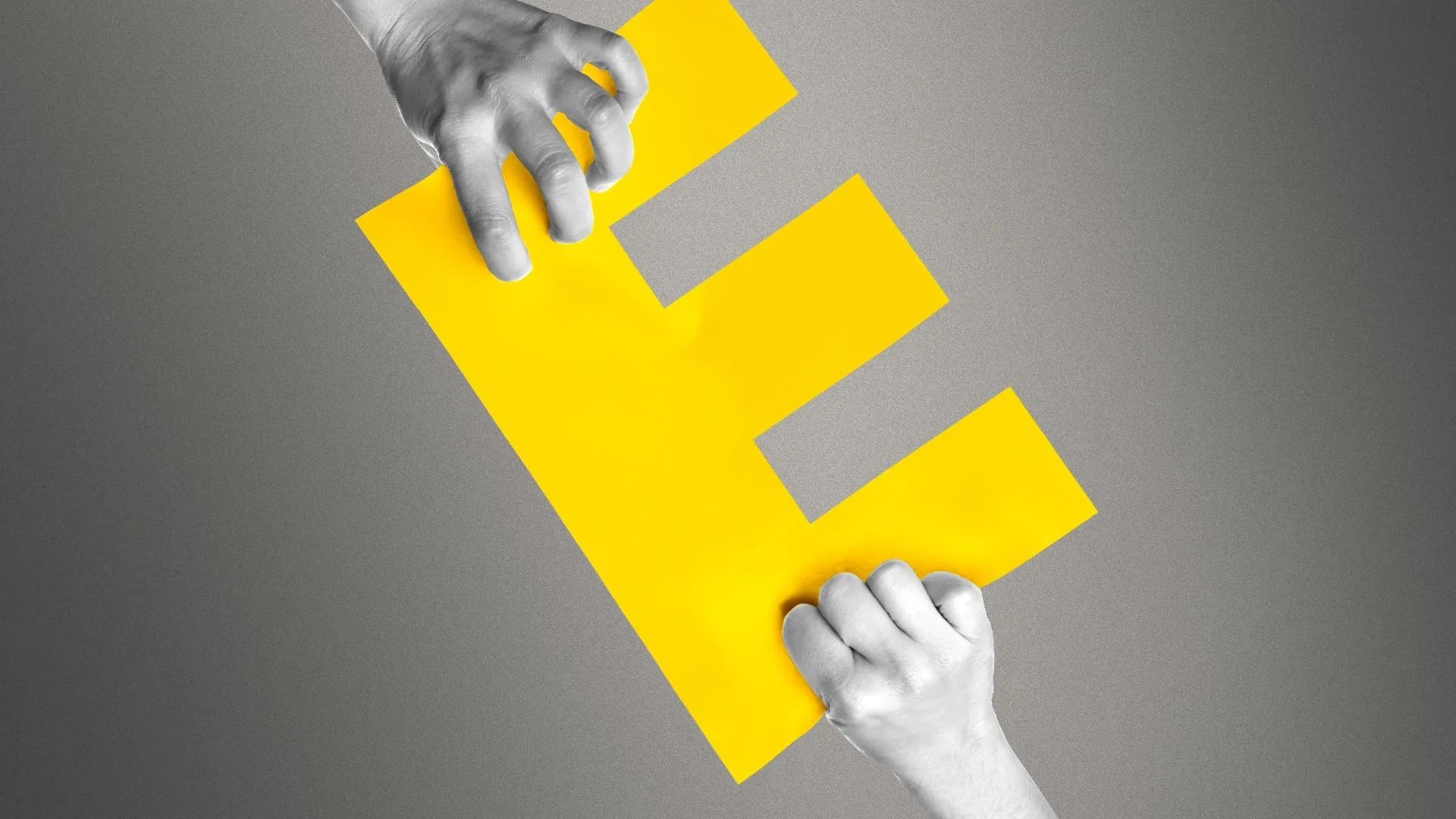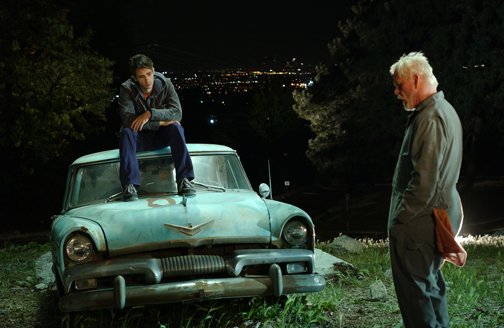Portrait of Alice Wong, a disability activist and MacArthur genius, sitting outdoors surrounded by lush green foliage. She is wearing a colorful outfit, and a ventilator tube is visible at her neck. Her expression is calm and contemplative, reflecting her resilience and strength.
The world feels heavy, doesn’t it? Some days it’s hard to shake the thought that everything is unraveling. Advocacy, especially disability advocacy, can feel like shouting into the void. The uphill battle seems steeper than ever, and yet—we press on. Because we must.
Alice Wong, a luminary in disability activism, put it bluntly telling The Guardian: “Yes, life is a complete dumpster fire, but I am reminded that I am not alone.” Her words hit home. Advocacy isn’t a solitary act. It’s a collective one, fueled by the connections we forge and the communities we build. It’s messy. It’s relentless. But it’s also transformative.
Anger? It’s a battery charger. Wong speaks to this beautifully: frustration doesn’t have to drain us—it can energize us. When progress feels stagnant or outright regressive, channeling that fury into action becomes a radical act of hope. Advocacy, after all, isn’t just about surviving the chaos; it’s about rewriting the rules that made survival so hard in the first place.
And yet, advocacy isn’t solely struggle. That’s the trap, isn’t it? To define our lives by hardship alone. Wong challenges this, insisting that the disabled experience is nuanced—full of abundance, love, and joy. “One principle of disability justice,” she reminds us, “is recognizing the inherent value and wholeness of people regardless of their ability to produce.”
Pause for a moment. Let that sink in. A world that values you—not for what you can give, but simply because you exist. It’s a radical notion in a society obsessed with output and efficiency. But that’s the heart of disability justice. It’s about dismantling systems that devalue lives and building frameworks that affirm them.
Of course, it’s not easy. Advocacy is never linear. There are setbacks and moments when the weight feels unbearable. But even then, there’s power in reframing the narrative. Wong’s love of science fiction offers a powerful metaphor: infinite possibilities. Speculative fiction invites us to dream boldly, to imagine futures where inclusion isn’t aspirational—it’s foundational.
So, here we are. 2025. The world may still feel bleak, but our voices—your voice—matter. They ripple outward, shifting conversations, policies, and perceptions. Advocacy isn’t a sprint; it’s a marathon. And while the finish line feels far off, every step matters.
Take your frustration. Take your anger. Take your hope. Turn them into fuel. Together, we’re building something extraordinary: a future where our community doesn’t just survive, but thrives.




